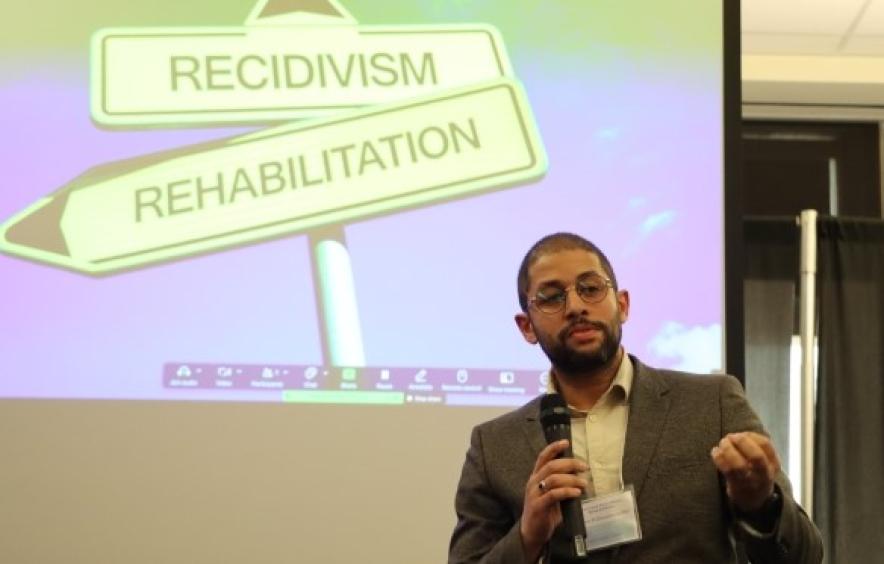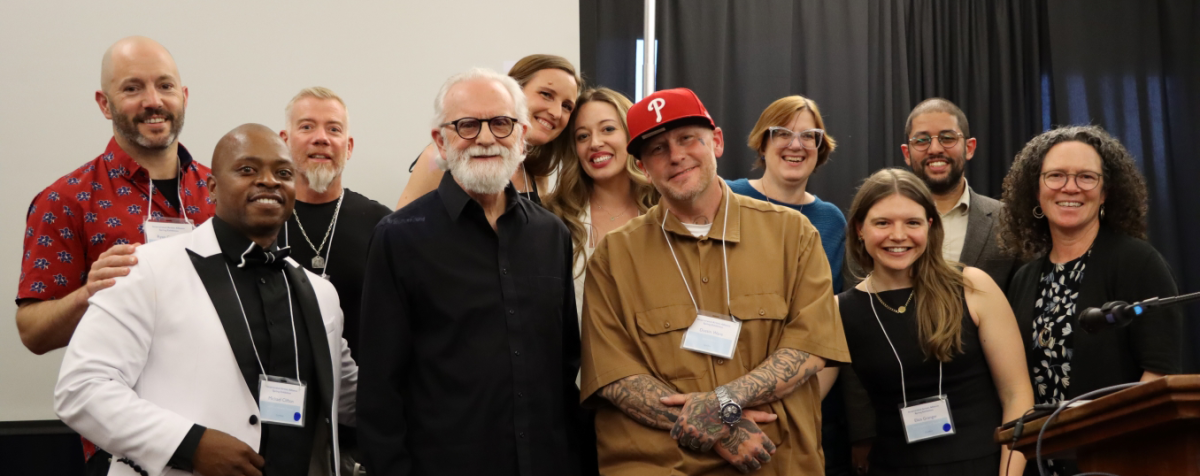The DU Prison Arts Initiative

Our Work
Art-based programming, outside exhibits & workshops, radio & podcasting, theatre & film production, and writing & journalism are just some of the ongoing initiatives we offer across Colorado and beyond. Our programs deliver arts-based experiences that are educational, therapeutic, and reflective. By facilitating dialogue and empowering individuals to tell their stories, we build communities that are changing the conversation about prison.
.jpg?crop=yes&position=c)
